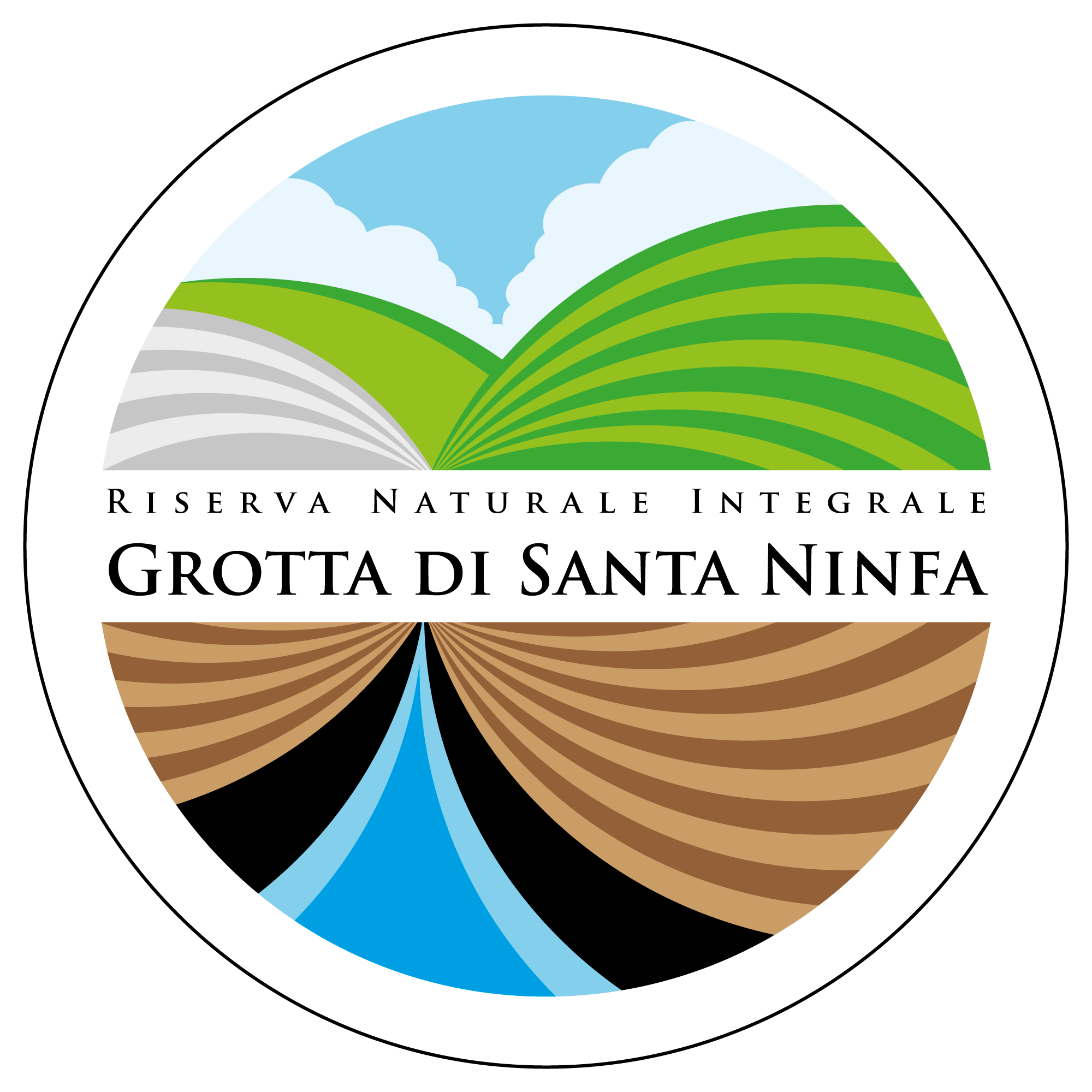
De Stefani: a family of naturalists.
Santa Ninfa’s the De Stefani’s family distinguishes itself for a particular disposition for the natural science studies, that are present in every generation with different interesses and spheres.
The main representants of this dynasty are 3: Teodosio De Stefani-Perez famous entomologist between the end of 800 and beginning of 900; the brother Giovanni Di Stefano, geologist and paleontologist during the same period; Teodosio De Stefani Junior, geologist and paleontologist.
Teodosio De Stefani-Perez (1853-1935)
He covered an important role in the area of sicilian entomology, he starts to study hymenopterans, coleopterans, orthopteras, but also mammals, avifauna and other subjects similar.
He was an extraordinary modern person for his ecological and ethological sensibility, that has been explained in the study of complex plants- invertebrates interactions and their evolutionistic meaning, but also in the research on the avifauna’s territoriality and the affirmations on the necessities to protect the species from the indiscriminate hunt.
How it is remembered by Riggio (1984): “Stunning his anticipation of the biological specie’s concept that would have been codified in the Anglo-Saxon countries different years later”.
In the last years of his researcher career he was emarginated because of the decrease of systematic by the Italian universities and for the contemporary advent of experimental biology, but also for the advent of the fascist regime that imped his lay and libertarian ideas. Recently, his works have been reviewed and got back for the amazing modernity of scientific thesis.
Giovanni Di Stefano (1856-1918).
Graduated in Natural Science in 1882, his geological and paleontological career started during the second half of 800, under the supervision of Giorgio Gemmellaro. In 1883 he was nominated assistant at the Geology and Mineralogy chair at the Palermo University, but a year later he left the work for going to the Paleontology and Geology Institutes of Vienna.
When he come back to Palermo, in 1885, was named ordinary assistant at the Geology and Paleontology chair and he stayed in Palermo till 1890, when he was named Paleontologist of Mines’ Corps and he was transferred to the Geological Office in Rome. He come back to Palermo in the first years of 900, becoming professor at Geology and Paleontology University.
He collaborated at the redaction of first Geological Map of Italy and carry out different important studies on tertiary fossils and meridional Italy, North African, and Arabic Peninsula’s geology.
He had an international importance and appears between most important Italian geologists, a worthy continuator of Giorgio Gemmellaro, which was friend and student. He was also an amazing designer and his tables are still exemplar for their elegance and clarity of the sign. An area of the Geology Institute of Palermo was dedicated to him.
He was the teacher of Mariano Gemmellaro that talk about him in his study “Le doline nella formazione gessosa a NE di Santa Ninfa” (1915) and that was a guest for long time of De Stefani-Tagliavia family, in the farm of Rampinzeri, where “he was treat with lots of courtesies that I’m glad to keep public and a lot of thanks”.
Teodosio De Stefani-Perez Junior (1909-1978)
He is a geologist and paleontologist, but his scientific career can be distinguished for the eclecticism of his studies (he studies the malacology, botanic, entomology) and for his rich paleontological, mineralogical, entomological and malacological collections. Immediately after Natural Science graduation he worked at AGIP, arm of research and mineral cultivations, but he continues to attend Palermo University, specializing in micropaleontology. In 1946 he is between the protagonists that reconstructed the Sicilian Naturalists Society and the reprint of the third series of scientific journal “Il Naturalista Siciliano”; 3 years after, when “Il Naturalista” wasn’t published anymore, he found a new scientific journal “Plinia”, which was the responsible director, that ended the works in 1952. From 1962 he teaches in some college in Calabria and Sicily, with some pauses when he teaches in Mali and Zaire. When he came back in Sicily, he was disappointed by the alterations of the sicilian natural environment that were caused by the anthropics activities: “Selinunte, august 1976: on the beach there are different exemplars of halophilic flora that was destroyed”; “Capaci, august 1977:… the beach is now completely alterated and some plants and insects that 20 years ago lived there in abundance, disappeared, now everywhere is plenty of cabins for toilets and swimmers”; “Sferracavallo, September 1977: everywhere is lotted, spontaneous flora and fauna were destroyed, everywhere there were walls and gates; even the magnificent fossil beach of Thyrrenian Sea disappeared…”.
In 1918, his heirs offered to the Sicily Region’s Cultural Heritage Assessors the extraordinary naturalistic heritage formed by his collections, that was bought by the Sicily Region and today are guarded at the Natural Science Regional Museum (Terrasini-PA).
The passion for the natural science re-emerged even in other representant of the De Stefani family, as:
Carlo De Stefani-Perez, don Mariano De Stefani Falco and Ippolita Perez ’s son and first Teodosio De Stefani Perez’s brother. Carlo started as malacologist the paleontologist researches, but immediately left for becoming head engineer at the Palermo’s Municipality during the period of Rutelli and Basile. With this function, he projected the new road on Monte Pellegrino for the sanctuary of Santa Rosalia and the arrangement for the cemetery of Rotoli.
Mario De Stefani, Teodosio senior’s son, was a passionate lepidopterist even if he worked at the Administration of State Railway. His contribute to the entomologic researches in Sicily is know a little but for this reason it isn’t less important; he published some works based on microlepidopteras and take part to the writing of “Fauna lepidopterum Italiae”.
